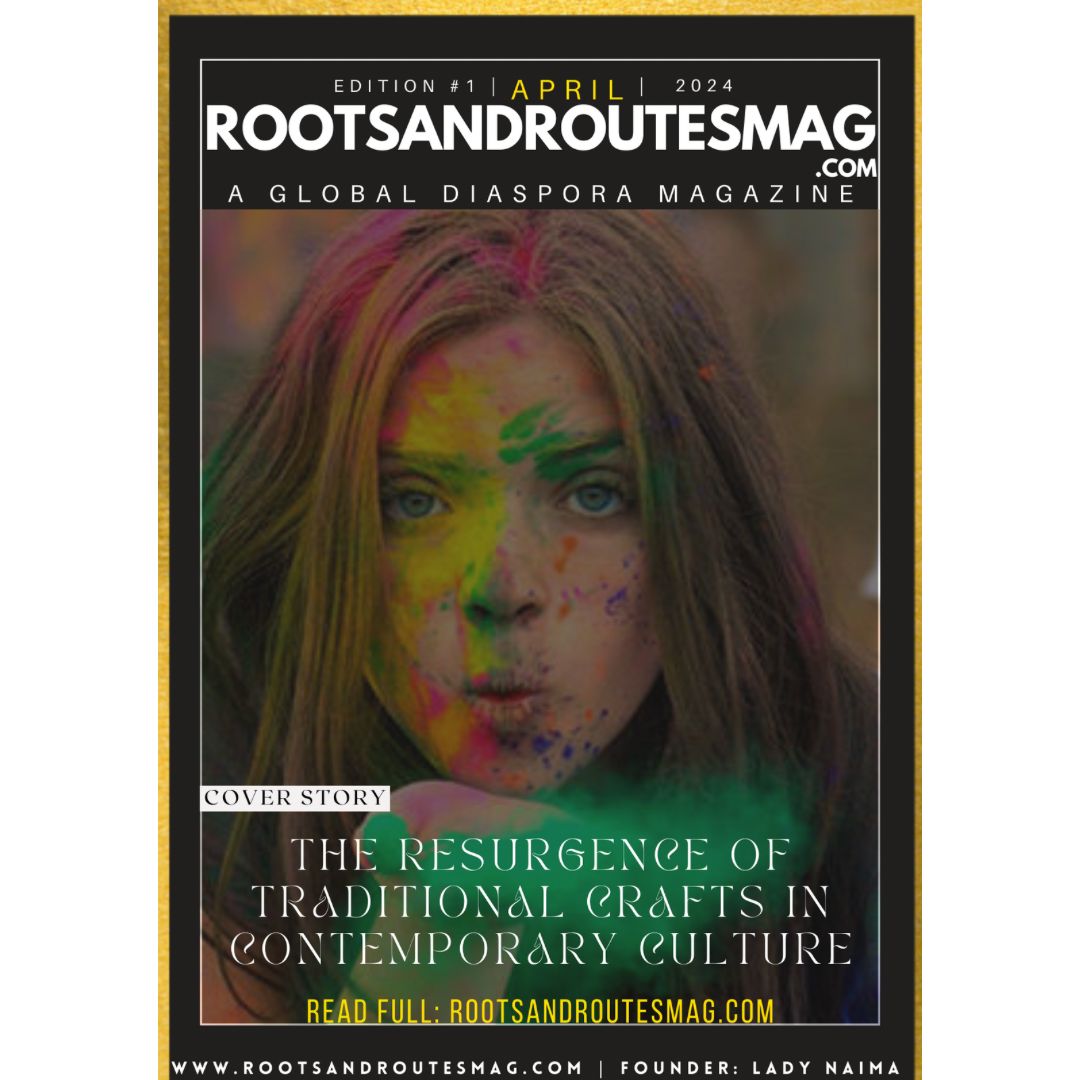The Resurgence of Traditional Crafts in Contemporary Culture

In a world increasingly defined by mass production and digital innovation, there’s a growing hunger for authenticity, craftsmanship, and connection to heritage. This longing has sparked a remarkable resurgence of traditional crafts in contemporary culture. From woodworking and pottery to weaving and embroidery, artisans around the globe are reclaiming age-old techniques and infusing them with modern creativity. In this article, we explore the factors driving this revival and celebrate the artisans who are keeping traditional crafts alive in the 21st century.
- Yearning for Authenticity: In an age of mass-produced goods and disposable culture, there’s a yearning for products with soul – items imbued with the passion, skill, and history of their makers. Traditional crafts offer just that. Whether it’s a hand-carved wooden bowl or a hand-woven textile, these items carry a sense of authenticity and uniqueness that can’t be replicated by machines.
- Embracing Slow Living: The rise of the slow living movement has encouraged people to savor life’s simple pleasures, to slow down and appreciate the beauty of craftsmanship. Traditional crafts embody the ethos of slow living – they require patience, mindfulness, and a deep connection to the materials and process. Engaging in these activities can be a form of meditation, a way to escape the hustle and bustle of modern life and reconnect with the present moment.
- Preserving Cultural Heritage: Traditional crafts are often deeply intertwined with cultural heritage and identity. In an increasingly homogenized world, there’s a growing awareness of the importance of preserving and celebrating diverse cultural traditions. By practicing and promoting traditional crafts, artisans are not only keeping age-old techniques alive but also honoring the rich tapestry of human history and creativity.
- Sustainability and Ethical Consumption: As concerns about environmental sustainability and ethical consumption continue to rise, traditional crafts are being recognized for their eco-friendly and ethical attributes. Handcrafted goods are typically made using natural, renewable materials and produced in small batches, reducing waste and carbon footprint. Moreover, buying from local artisans supports small-scale economies and fosters community resilience.
- Celebrating the Handmade: In a world inundated with mass-produced goods, the handmade movement is gaining momentum. People are increasingly drawn to products that tell a story, that bear the mark of the maker’s hand. Traditional crafts offer a way to infuse everyday life with beauty, meaning, and a sense of connection to the human experience.
- Fostering Creativity and Self-Expression: Engaging in traditional crafts is not just about creating tangible objects – it’s also a form of self-expression and creative exploration. Whether it’s experimenting with new techniques or putting a modern twist on ancient practices, artisans have the freedom to express themselves and showcase their individuality through their craft.
- Building Community and Connection: Traditional crafts have a remarkable ability to bring people together – whether it’s through workshops, craft fairs, or online communities. Sharing knowledge, skills, and stories fosters a sense of camaraderie and belonging among artisans and enthusiasts alike. In a world that often feels fragmented and disconnected, traditional crafts offer a sense of community and connection.
In conclusion, the resurgence of traditional crafts in contemporary culture is a testament to the enduring power of human creativity, ingenuity, and resilience. By embracing and celebrating these age-old traditions, we not only enrich our lives with beauty and meaning but also ensure that these precious crafts continue to thrive for generations to come. So, whether you’re a seasoned artisan or a curious novice, why not pick up a chisel, a needle, or a loom and join the crafting renaissance? After all, the world is waiting to be shaped, stitched, and sculpted by your hands.

Tariq Riaz is a passionate web developer and content generation expert.









